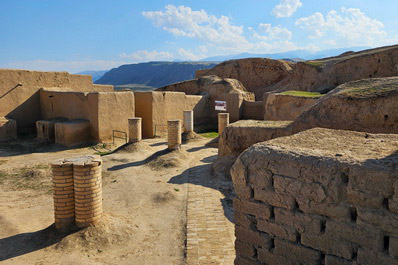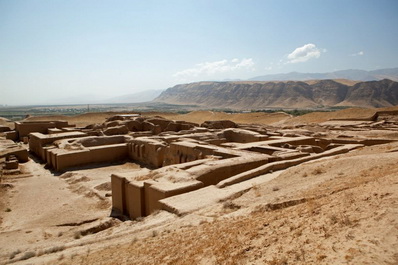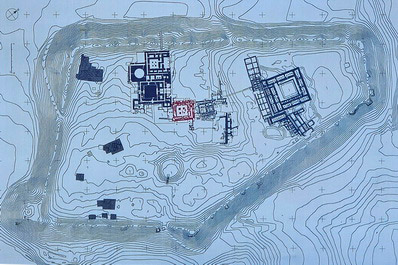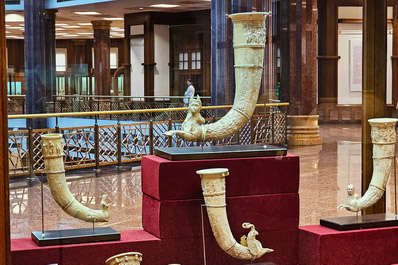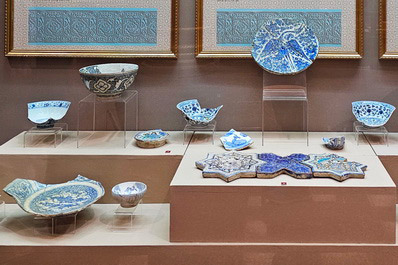Old and New Nisa, near Ashgabat
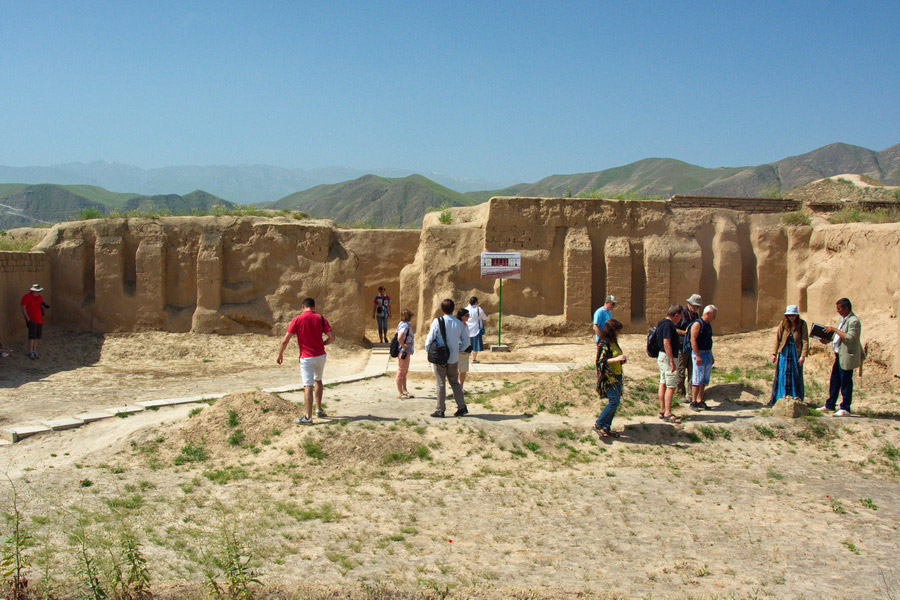
Nisa is an ancient city located 15 km west of Ashgabat. Today, it consists of ruins and remnants of fortress walls, but 2000 years ago, it was one of the most important centers of civilization in Central Asia and even served as the capital of Parthia for some time. Nisa comprises two fortress cities, New Nisa and Old Nisa, which are 1.5 km apart and took different historical paths in 226 AD.
Archaeologists have found traces of the first settlements at Nisa dating back to the 4th millennium BC, with a large settlement forming by the 1st millennium BC. Situated at the northern foot of the Kopetdag Mountains, the settlement became a fortress by the 4th century BC, protecting the northern borders of the Achaemenid Empire from nomads. When Alexander the Great passed through, Nisa became part of his empire and later the Seleucid state.
Less than a hundred years later, semi-nomadic tribes from the Caspian Sea captured Nisa, made it their capital, and founded the Parthian kingdom. They built Old Nisa as a separate fortress, a rich royal residence with a palace, throne room, treasury, and temples. New Nisa, older but less prominent, remained a city with many houses, warehouses, and other buildings. Old Nisa thrived for almost 500 years until it was destroyed in 226 AD by King Ardashir, who ended the Parthian kingdom and its symbols.
New Nisa continued but lost its capital status, leading to a crisis. Its history became a succession of changing rulers and conquerors. In 651, Arabs conquered Nisa, introducing Islam. In 1185, New Nisa was destroyed but rebuilt within decades. By the 1220s, Nisa was under siege by Genghis Khan's armies. In 1381, it surrendered to Amir Timur, but after his death, internecine wars resumed. By the 16th century, Nisa was a strategic fortress but lost significance by the 19th century. Nearby, the settlement of Bagir emerged, while New Nisa turned into ruins.
Old Nisa's mysteries began to unravel in the 20th century. From 1946 to 1960, Russian archaeologist Mikhail Masson, known for his studies of Termez, Turkestan, and Merv, led extensive excavations. Discoveries included ruins of halls and rooms, temples, documents, statues, and more.
Old Nisa's fortress walls are 9 meters high, 1500 meters long, with 43 towers and a southern bastion. Inside, several structures have been identified, known as the “Square House,” “Square Hall,” “Round Temple,” and “Red Building.” These Hellenistic-style structures featured frescoed walls and powerful columns. Despite Greek influences, Zoroastrian temples were present.
Many artifacts were discovered, including the statue of Rodogune and intricately decorated ivory rhytons. These artifacts are displayed in the State Museum of Turkmenistan in Ashgabat, a must-visit after exploring Nisa.
In 2007, Nisa was included in the UNESCO World Heritage List, marking the latest chapter in its rich history.

